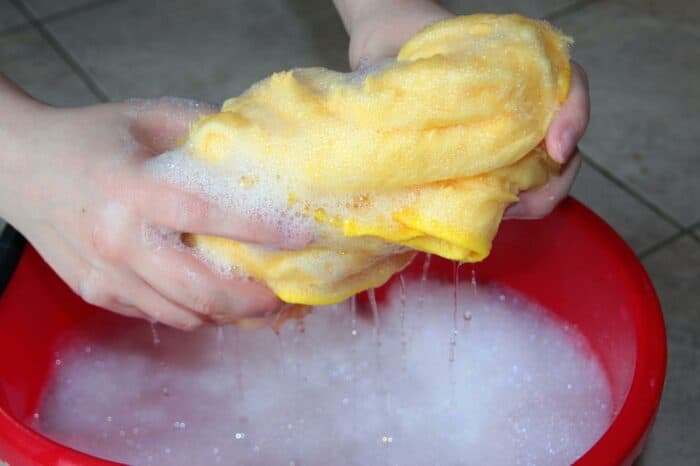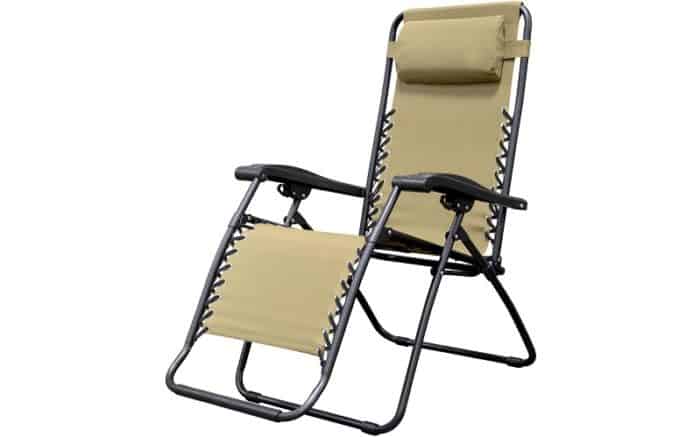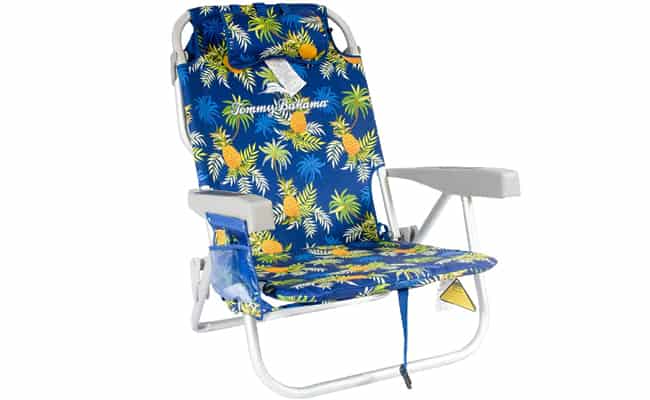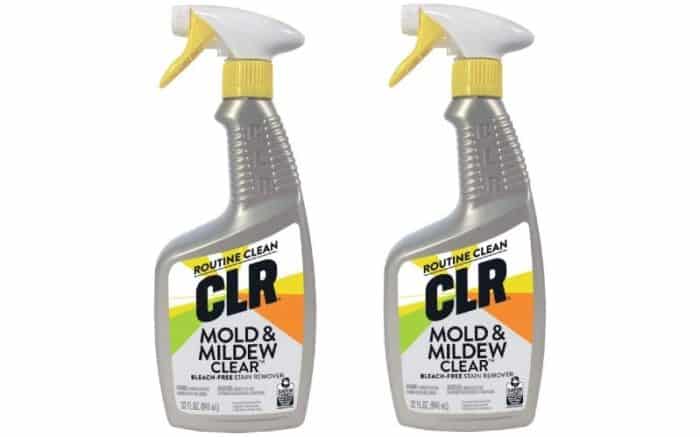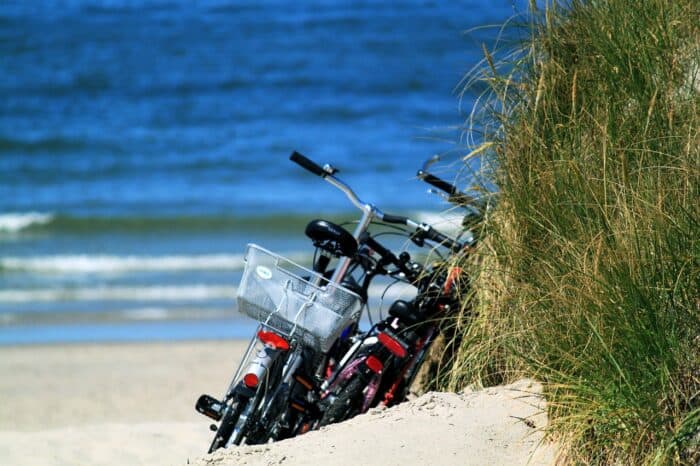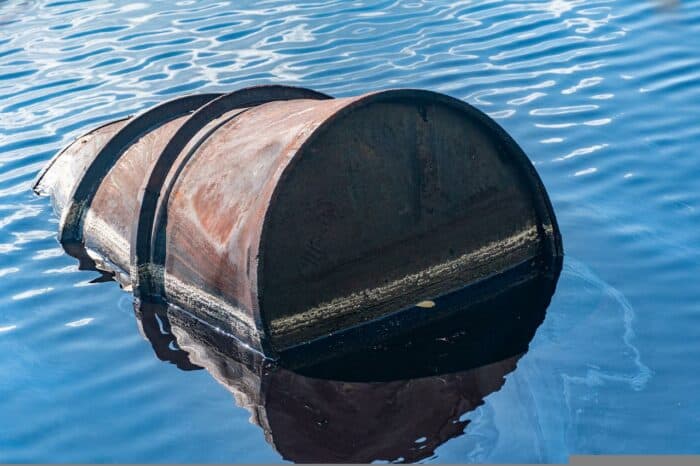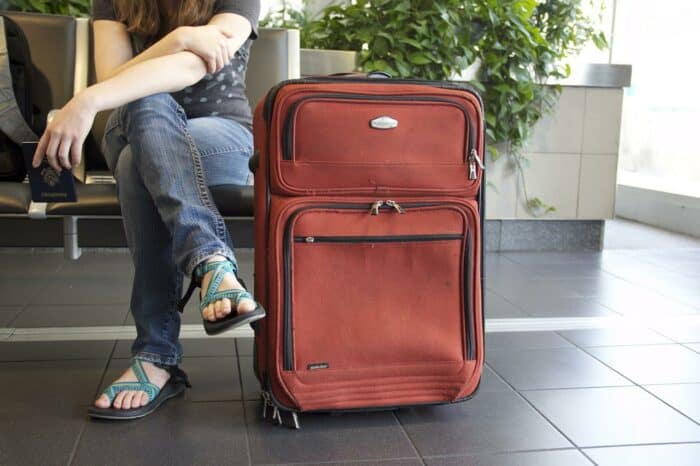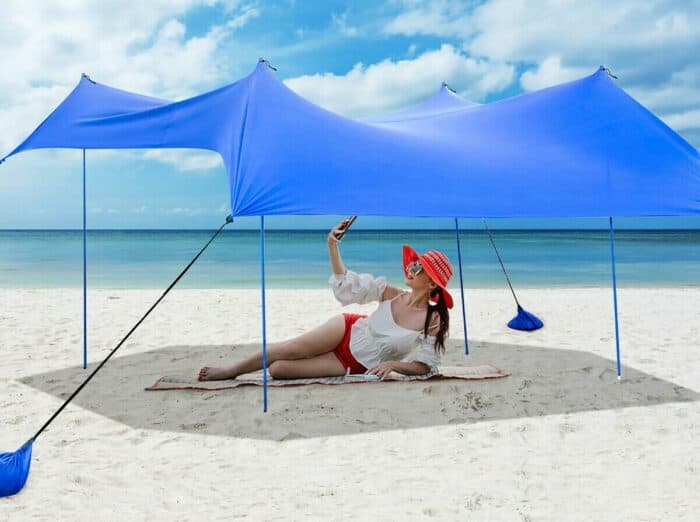How to Clean Beach Chairs
Beach chairs are designed to be light, tough, and comfortable. They’re also pretty resilient, and they have to be. They get beaten around by the wind and sand and get exposed to salt water and more. So they can do a lot, but they do need help. If you want to extend the life of your beach chair, you need to help keep it clean. This is especially true if you start to notice mold or mildew forming, which can happen over a winter in storage at the back of the garage. Let’s take a look at some tips for keeping those beach chairs clean and healthy.
General Upkeep of Beach Chairs
Obviously the best thing to do with a quality beach chair or camping chair is to prevent that mold and mildew from forming. Outdoor furniture is notorious for developing those little black spots if they’re put away wet or stored in a damp spot and they can be a real pain to remove.
- Remember to give your chairs a once over before storing them. If there are any stains, do a quick spot cleaning on just the affected area.
- Wipe down your chairs regularly to get any dirt, grit and sand out. Use a vacuum in the cracks and joints if necessary.
- Make sure you’re drying the chairs off thoroughly.
- When storing, try to keep them off the ground in a cool, dry, well-ventilated place. That could mean hanging them from racks on the walls or using storage bins.
- This is all preventative, however. If you’re past this point and already have mold and mildew stains, all hope is not lost. Cleaning takes a little work, but let’s check out some of the best options you have.
Cleaning a Beach Chair
Cleaning mold and mildew off of a beach chair doesn’t require too many tools. But you’ll want a few options to make sure the job gets done right. Gather these items to start and if these don’t work because the stain is really bad, then we can try Plan B.
- Baking soda
- White vinegar
- A soft bristle brush (a toothbrush works great for small mildew spots)
- Plastic squirt bottle
- A dust mask
- Cloths/rags/cleaning sponge
If these items don’t work, you may also want to look into having these on hand:
- Lemon juice
- Fungicide cleaner
- Ammonia
Clean Mold and Mildew From Your Beach Chairs
We’ll start simple here. If the stains are small and spotty, make sure you have your mask on so you don’t breathe in any spores. Take the chairs outside as well so you’re not stuck in an enclosed space while you do this.
You can fill the spray bottle with a mixture of vinegar and water to do a dilution cleaning or just use pure vinegar. The smell might be bothersome but vinegar is harmless overall. The acetic acid in vinegar is what makes it an effective cleaner and can cut through the mold and mildew to clean up your chair.
Give a mild spray over the mold and mildew spots on your chair. Give them a good spray with the vinegar to get them nicely saturated. Now use your brush to scrub the spots clean. Use some warm water and a cloth or sponge to wipe the area clean.
If they’re not too bad this should clear them right up. That said, I’ve never seen this fully get mildew spots clean. What you’ll likely have after doing this is a chair with dark rings and stains where the spots used to be. Now is where you need to work a little harder.
Make a Baking Soda Mixture
For harder stains and the stuff leftover, is to try to make a cleaning paste. Mix some baking soda and undiluted vinegar or lemon juice together. People recommend a lot of different dilutions for this but, in my experience, a thin paste works best. You don’t want it to be like peanut butter, but if it’s maybe the consistency of ketchup you’re doing okay.
Baking soda and an acid like vinegar or lemon juice creates a chemical reaction. This will fizz a lot, which is good for cleaning. The baking soda is being converted into water and carbon dioxide, which is where the fizzing comes in. But this chemical reaction will happen in the fabric of your chair, so that release of gas is just one more step that helps loosen up the mildew even as the acid and water soften and break it down.
You don’t need to mix up a huge batch, just enough to cover affected parts you’re cleaning. Use your toothbrush to scrub it in and let it sit for a few minutes to really soak in. Use some very hot tap water afterward and then scrub it in some more. The heat from the water can help loosen it up.
After scrubbing, wipe the area down again with hot water on a sponge or cloth. You can also try a once over with a mild liquid detergent at this point. If you didn’t remove mildew with this, we may need to move to more drastic measures.
Clean with Ammonia
Ammonia is a bit of a harsher ingredient for cleaning, but it works well. It’s used in many cleaners and can be irritating to your nose as it has an unpleasant odor. You never want to mix ammonia with bleach as it will create dangerous fumes. In an enclosed space this could be very harmful, so keep that in mind. Use ammonia in a well-ventilated area and with no bleach at all.
You can mix ammonia at a ratio of 2 tablespoons to about 1 gallon of warm water. Use a little vinegar in there as well if you want to help things along. I’d recommend wearing gloves as well. Use your brush to scrub those stains and go through the same basic cleaning process listed above. Scrub the stains after letting the mix soak in for a minute or two, then wipe clean with a cloth or sponge. If that doesn’t work, there’s one idea left!
Use a Mildew Cleaner
It almost seems like cheating now, but you may have to give in and buy a commercial mildew cleaner. Follow the directions and clean the fabric as needed. If this doesn’t work after everything else, you may be out of options to redeem your chairs.
The Bottom Line
The best offense is a good defense when it comes to mold and mildew. Prevent what you can and clean any spots you find as soon as possible. As always, stay safe and have fun.
Categories: Beach

